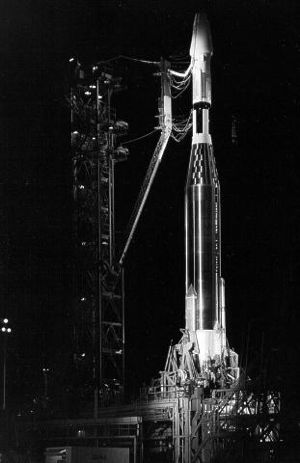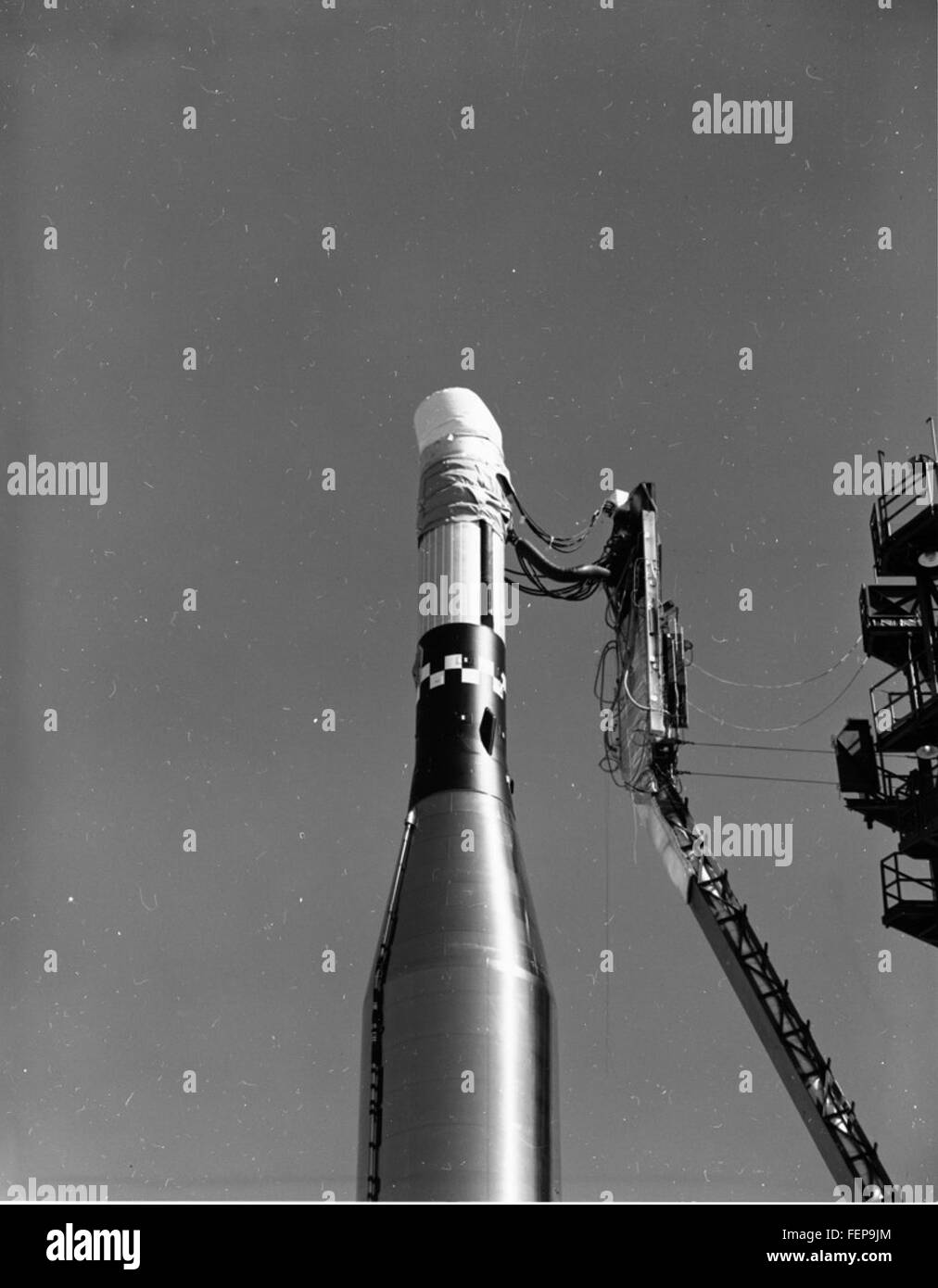
The S/I camera was provided by Itek, and horizon sensors were provided by Barnes Engineering Co. The stellar camera takes images of star fields with a reseau grid being superimposed on the image plane. The index camera is a copy of cameras systems previously used in the KH-4 and KH-6 satellites, and takes exposures of Earth in direction of the vehicle roll position for attitude determination.

The camera and film transport system were manufactured by Eastman Kodak Company. Each satellite weighed about 2,000 kg (4,400 lb), and returned a single film bucket per mission. The initial ground resolution of the satellite was 1.2 m (3 ft 11 in), but improved to 0.6 m (2 ft 0 in) by 1966. It took images of a 6.3° wide ground swath by exposing a 22 cm (8.7 in) wide moving portion of film through a small slit aperture. The primary mirror reflects the light through an opening in the flat mirror and through a Ross corrector. In the strip camera the ground image is reflected by a steerable flat mirror to a 1.21 m (4 ft 0 in) diameter stationary concave primary mirror. The Camera Optics Module of KH-7 consists of three cameras: a single strip camera, a stellar camera, and an index camera. For the KH-7, the DCM is also called the Camera Optics Module (COM), and is integrated in the OCV, which has a length of 5.5 m (18 ft) and a diameter of 1.52 m (5 ft 0 in).

optical reconnaissance satellites in the 1960s: the Orbital (or Orbiting) Control Vehicle (OCV), the Data Collection Module (DCM), and the Recovery Section (RS). Ī feasibility study for the Geodetic Orbital Photographic Satellite System reveals three subsystems for U.S. After the improved KH-8 GAMBIT-3 satellite was developed during 1965, operations shifted to the larger Titan IIIB launch vehicle.Ī KH-7 GAMBIT in launch configuration on display at the National Museum of the United States Air Force in Dayton, Ohio.Įach GAMBIT-1 satellite was about 4.5 m (15 ft) long, 1.5 m (4 ft 11 in) wide, weighed about 523 kg (1,153 lb), and carried about 914 m (2,999 ft) of film. While CORONA used the Thor-Agena launch vehicle family, GAMBIT would be launched on Atlas-Agena, the booster used for SAMOS. GAMBIT emerged in 1962 as an alternative to the less-than-successful CORONA and the completely failed SAMOS, although CORONA was not cancelled and in fact continued operating alongside the newer program into the early 1970s. In particular, its overall success stood in sharp contrast to the two first-generation photoreconnaissance programs, Corona, which suffered far too many malfunctions to achieve any consistent success, and SAMOS, which was essentially a complete failure with all satellites either being lost in launch mishaps or returning no usable imagery. The report also stated that Gambit had provided the intelligence community with the first high-resolution satellite photography of denied areas, the intelligence value of which was considered "extremely high".

In its summary report following the conclusion of the program, the National Reconnaissance Office concluded that the GAMBIT program was considered highly successful in that it produced the first high-resolution satellite photography, 69.4% of the images having a resolution under 0.91 m (3 ft 0 in) its record of successful launches, orbits, and recoveries far surpassed the records of earlier systems and it advanced the state of the art to the point where follow-on larger systems could be developed and flown successfully. Though most of the imagery from the KH-7 satellites was declassified in 2002, details of the satellite program (and the satellite's construction) remained classified until 2011.

It achieved a typical ground-resolution of 0.61 m (2 ft 0 in) to 0.91 m (3 ft 0 in). Like the older CORONA system, it acquired imagery intelligence by taking photographs and returning the undeveloped film to earth. BYEMAN codenamed GAMBIT, the KH-7 ( Air Force Program 206) was a reconnaissance satellite used by the United States from July 1963 to June 1967.


 0 kommentar(er)
0 kommentar(er)
